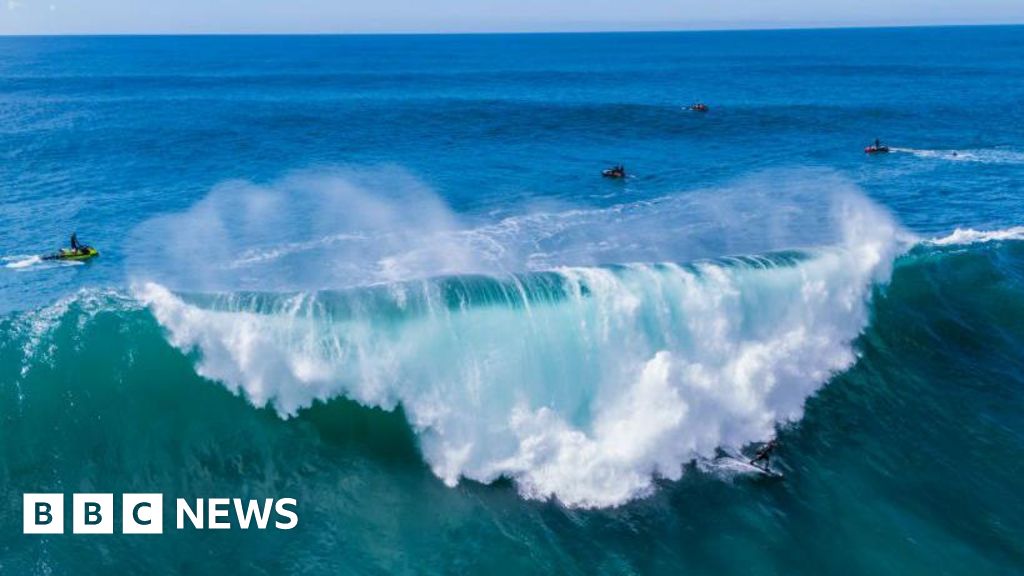ARTICLE AD BOX
By Helen Briggs
Environment correspondent
Image source, Getty Images
Image caption,More frequent and intense wildfires are a consequence of a warming world
Increasing wildfires in a warming world may slow the recovery of the ozone layer, according to new research.
Smoke from Australian wildfires two years ago had an impact on the layer that shields the Earth from harmful UV rays, satellite observations suggest.
The study found bushfires were so intense that smoke rose into the atmosphere, causing a set of chemical reactions leading to the loss of ozone.
The scientists calculated a total ozone loss of 1% within March 2020 alone.
They said this could set back progress made in recent decades to ban chemicals that deplete the ozone layer.
At mid latitudes the ozone layer is recovering at a rate of about 1% a decade. Damage from wildfires will slow this considerably, said Prof Susan Solomon, of the US Massachusetts Institute of Technology, who led the research.
"All the hard work that the world went to to reduce chlorofluorocarbons (ozone-depleting chemicals once used in aerosol sprays) is not paying off as well in the areas that experience extreme wildfires," she told BBC News.
"The best hope would be that we reduce global warming gases also and stop increasing the wildfires, but that's obviously more difficult."
Commenting on the research, published in the journal Proceedings of the National Academy of Sciences, Prof Clare Murphy (Paton-Walsh) of the University of Wollongong, said ozone loss was likely to be repeated during intense fire episodes and these are predicted to increase with climate change in the coming decades.
"Any slowdown in the recovery of ozone in the mid-latitudes will increase the overall exposure to UV-radiation for Australians and hence may impact the occurrence of skin cancers in future," she said.
An influential panel of scientists warned in a landmark report on Monday that climate change is leading to more frequent weather extremes, including wildfires, flooding and storms.

 3 years ago
73
3 years ago
73








 English (US) ·
English (US) ·